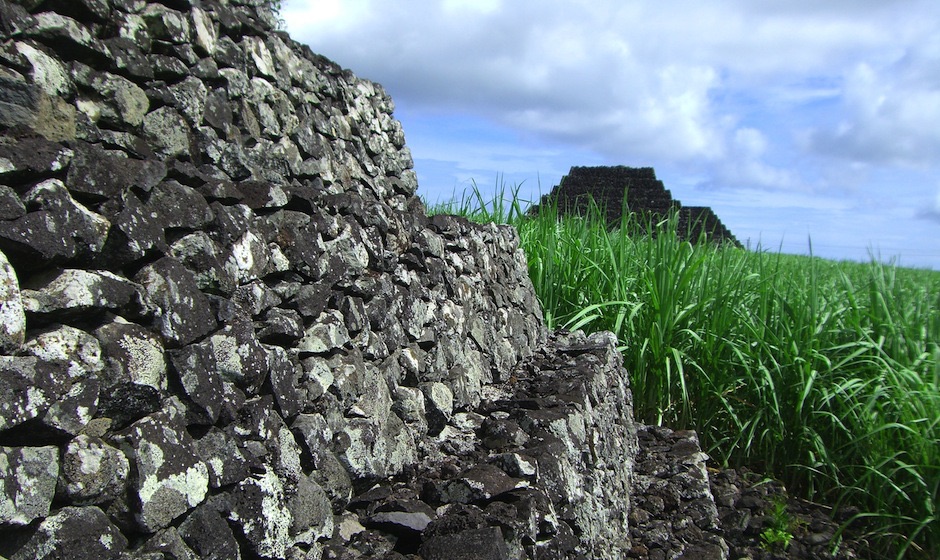Plaine Magnien, a village in Mauritius, is home to an astonishing historical treasure: a group of pyramids that challenge conventional history. These unique structures are reminiscent of stepped pyramids found in other parts of the world, sparking curiosity and attracting visitors. Built from volcanic rock, each pyramid stands testament to the island’s rich and diverse history which includes influences from African, European, and Asian cultures. Often overshadowed by the fame of Egyptian pyramids, the Plaine Magnien pyramids offer a unique glimpse into the island’s past, inviting tourists and scholars alike to explore theories surrounding their origin.
Historical Places
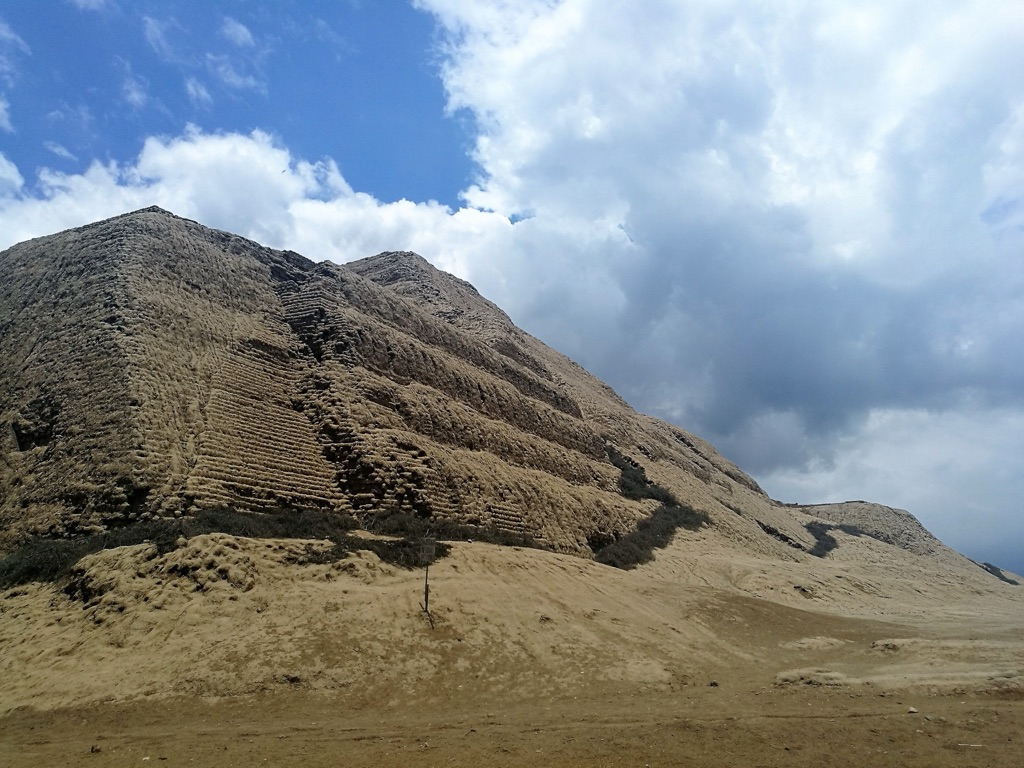
Huaca del sol
Huaca del Sol stands as a testament to the might and skill of the Moche civilization. This ancient adobe brick temple, located in the Moche Valley of northern Peru, amazes historians and tourists alike. It once served as a center for political and religious activities. The Moche built this pyramid-shaped structure around AD 450. Its construction showcases their advanced understanding of engineering and labor organization. Today, Huaca del Sol tells a story of power, craftsmanship, and the mysterious decline of its builders.
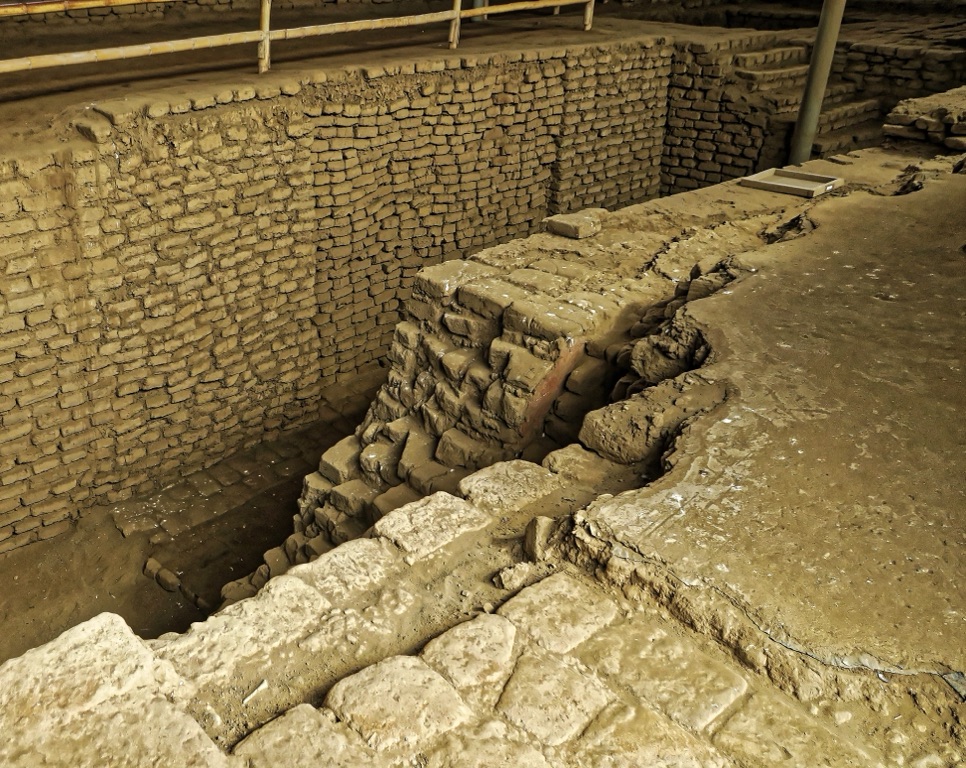
Huaca de la Luna
Huaca de la Luna is a mesmerizing testament to the Moche civilization, dating back to AD 100-800. Nestled in the arid coastal desert of northern Peru, this ancient temple complex forms a significant part of the Moche Route. Intriguing murals recounting Moche mythology adorn its walls. The site’s extensive layout, including ceremonial spaces and living quarters, offers a rare glimpse into pre-Columbian life. Excavations have revealed rich iconography that speaks volumes about the Moche people’s beliefs and customs. Visitors to Huaca de la Luna can experience the grandeur of this historical marvel, where past grandiosity echoes through the ages.
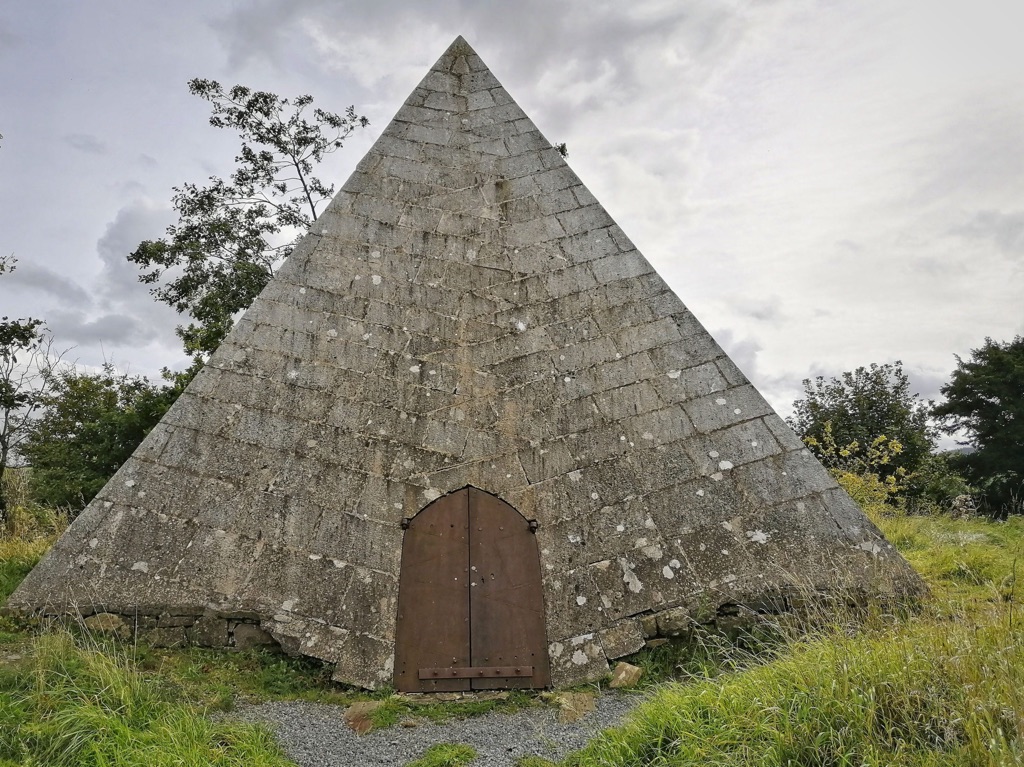
Kinnitty Pyramid
Nestled in the serene Irish countryside, the Kinnitty Pyramid stands as a unique monument shrouded in history. Found within the graveyard of St. Finnian’s Church, this 30-foot-tall pyramid is a striking presence. Built in 1834 by the Bernard family, local gentry of the time, its purpose remains a source of intrigue. Unlike the grand mausoleums or lavish burial chambers of ancient rulers, the Kinnitty Pyramid is modest yet mystifying, compelling visitors to dive into its past.
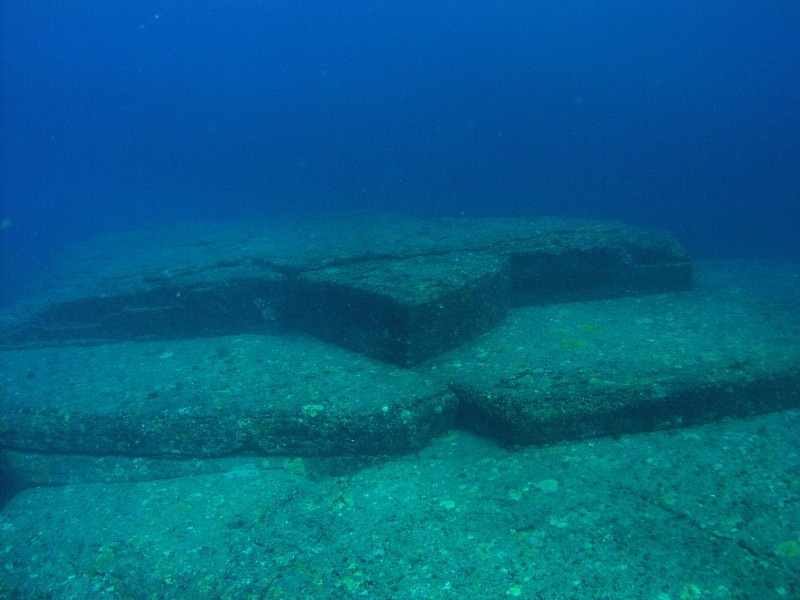
The Yonaguni Monument Ruins
At the edge of Japan, the mysterious Yonaguni Monument sparks curiosity and debate among scholars. Discovered in 1985 off the coast of Yonaguni Island, this underwater structure resembles architectural elements. It consists of terraced walls and pyramid-like shapes. Some believe it is a natural formation crafted by strong currents and geological activity. Others argue it’s a remnant of an ancient civilization, possibly predating known history. The monument’s true origin remains contested, capturing the imagination of explorers and researchers alike.
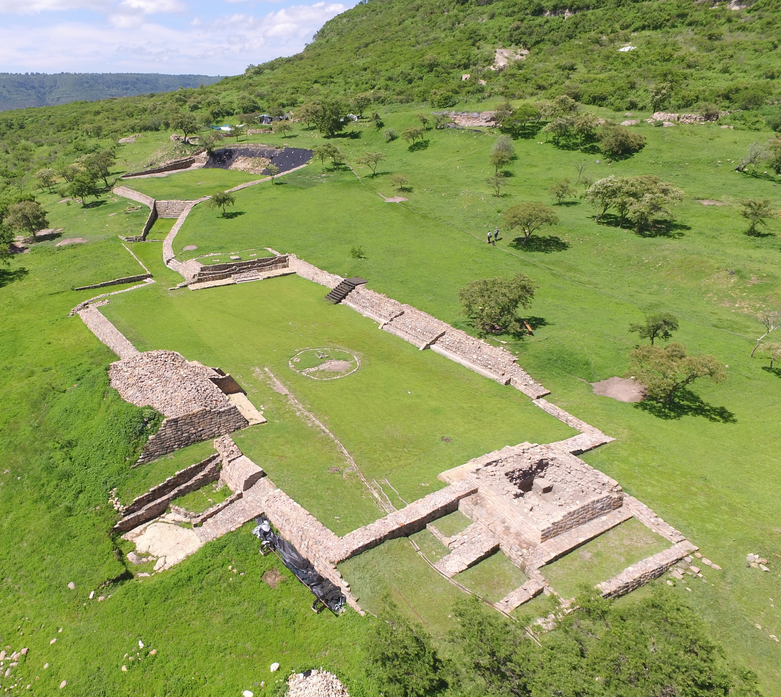
El Teúl
El Teúl stands as a witness to the ebb and flow of civilizations over the centuries. Situated in the Mexican state of Zacatecas, this archaeological site has served as a sacred ground for multiple cultures, including the Teuchitlan tradition, Caxcanes, and eventually the Spanish during colonial times. The richness of its history is evident in the diverse architectural remnants, from the circular stepped pyramids to colonial period edifices. Exploring El Teúl takes one on a trip through millennia, where one uncovers the legacies of the past that shaped the cultural heritage of the region.

